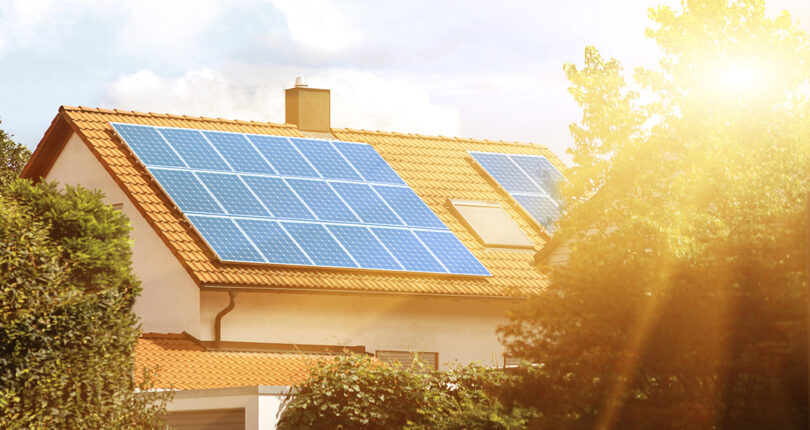By Kent Singer, CREA Executive Director
Since the inception of the Colorado electric co-op program in the 1930s, the traditional path for delivering electricity to co-op members has largely remained the same: Power is generated at a central station power plant, transmitted across high voltage transmission lines, and finally distributed over a local system to end-use customers at their homes and businesses. While the source of the “central station” power varies from state to state, the basic system of generation, transmission and distribution (G,T&D) of electricity has looked the same for decades.
This “G,T&D” model will remain the path for most of the electricity consumed by Colorado’s electric co-op members for years to come; however, more and more co-op members are opting to generate electricity at their premises. They do this by using solar panels on their rooftops or other sources of power that are “behind the meter.” And, as is the case for most renewable energy generation, it’s not always available and fluctuates depending on weather conditions. With that in mind, there are two scenarios at play for a co-op member’s on-premise system: Excess generation and inadequate generation.
If a co-op member’s residential rooftop solar system produces more electricity than they consume, Colorado’s electric co-ops have agreed to — and state law requires them to — “net meter” the energy the co-op receives from member-owned solar arrays. Net metering simply means that when excess electricity is exported to the grid, the co-op member receives kilowatt-hour credits valued at the retail rate. A member of a Colorado electric co-op can reduce the amount of electricity they purchase from the co-op since the solar panels on their rooftops are producing at least some, if not all, of the power they require for their home or business. In this scenario, the co-op member who is generating excess electricity benefits from their use of the co-op distribution system to manage and credit their excess solar energy production.
Unless they are completely off the grid and are generating all the electricity they need, co-op members with rooftop solar systems must still be connected to the co-op’s distribution infrastructure. This ensures the delivery of electricity to their home or business whenever it is required — for example, during a string of cloudy days when their solar panels don’t generate adequate electricity. Electric co-ops have a legal obligation to maintain adequate facilities in order to provide reliable electric service to their members.
It’s true that the need for a co-op to purchase power from a wholesale supplier is decreased when its members generate their own electricity. However, the co-op is still responsible for maintaining a robust distribution system that will serve all the co-op’s members.
This raises an important question for Colorado’s electric co-ops (and other electric utilities): If an electric co-op member benefits from the poles and wires to provide electricity when the rooftop solar panels aren’t sufficient, but that member no longer buys any or as much power from the co-op, should that member be required to pay for the continuing maintenance and replacement costs of those facilities?
As more and more co-op members install solar arrays, the way that co-ops compensate their members for consumer-sited generation may need to be reexamined. With the increase in residential solar systems, co-ops receive less revenue from energy sales, but they continue to have expenses related to maintaining the distribution grid. Co-ops may also need to make new infrastructure investments to enable the storage of excess solar production to help meet peak demands for electricity in the afternoon.
There has been a lot of discussion recently about whether any changes need to be made to the existing net metering rules from both the perspective of solar installers and electric utilities. As not-for-profit utilities, co-ops aren’t incentivized to make a profit, but they still must meet their payrolls, run their trucks, and invest in system maintenance and improvements. These costs are shared among all co-op members.
Colorado’s electric co-ops go to great lengths to treat all of their members fairly and equitably, and they will continue to do so as they integrate more behind-the-meter, customer-sited renewable energy resources.
Kent Singer is the executive director of CREA and offers a statewide perspective on issues affecting electric cooperatives. CREA is the trade association for 21 Colorado electric distribution co-ops and one power supply co-op.

